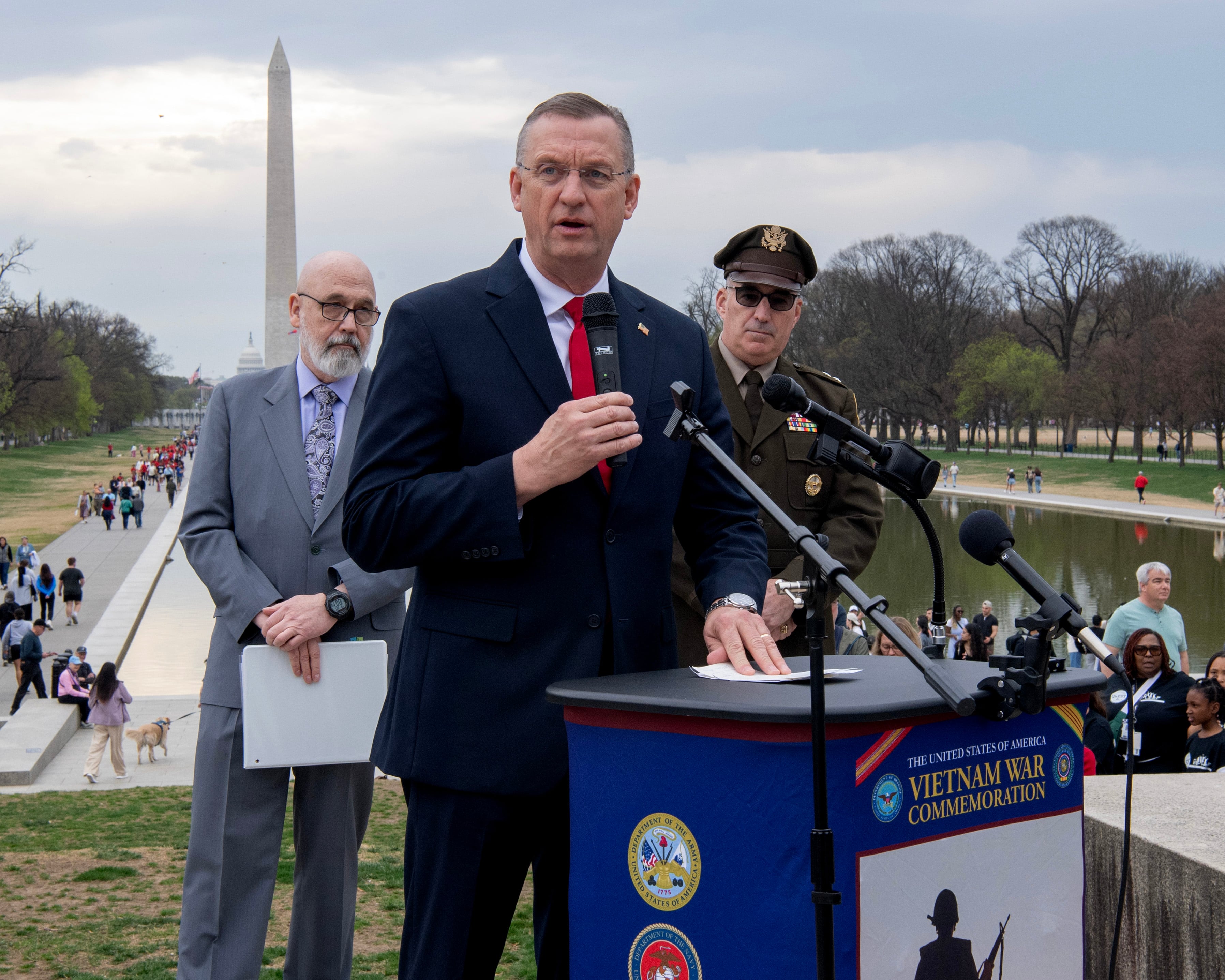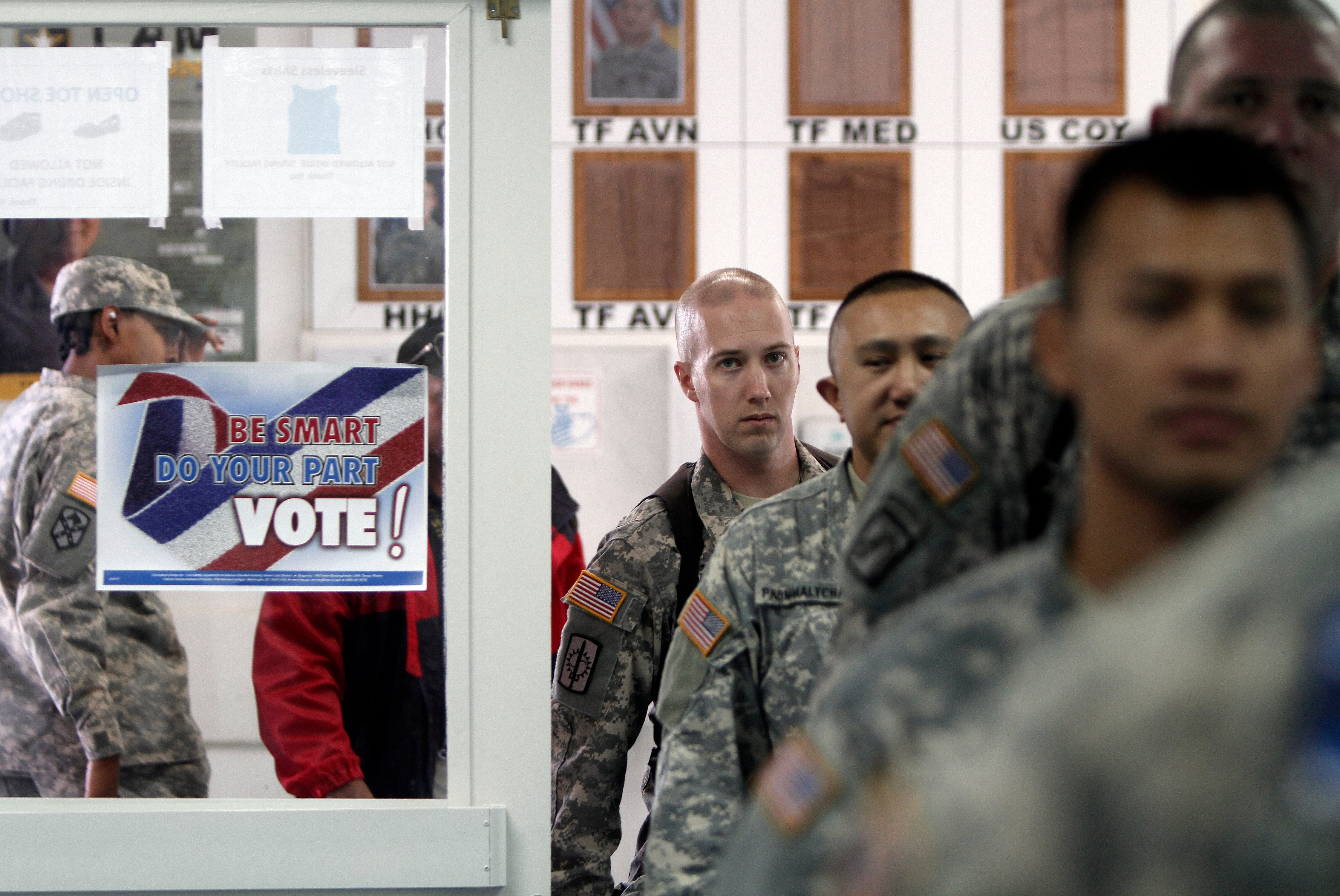When Jordanian pilot Muath Al-Kaseasbeh was confirmed captured by Islamic State group militants forces in December after his F-16 jet went down in Syria, Marine MV-22B Ospreys were in the air on a tactical recovery mission bound for his location, the commander of the CorpsMarines' crisis response force in the Middle East said Monday.
The crash landing, which resulted in Al-Kaseasbeh's tragic capture and execution by militants, was to have been the Marines' first tactical recovery of aircraft and personnel — or TRAP — mission in support of Operation Inherent Resolve, Col. Jason Bohm told reporters during a briefing at the Pentagon.
"We were actually airborne and prepared to assist with that strike," Bohm said.
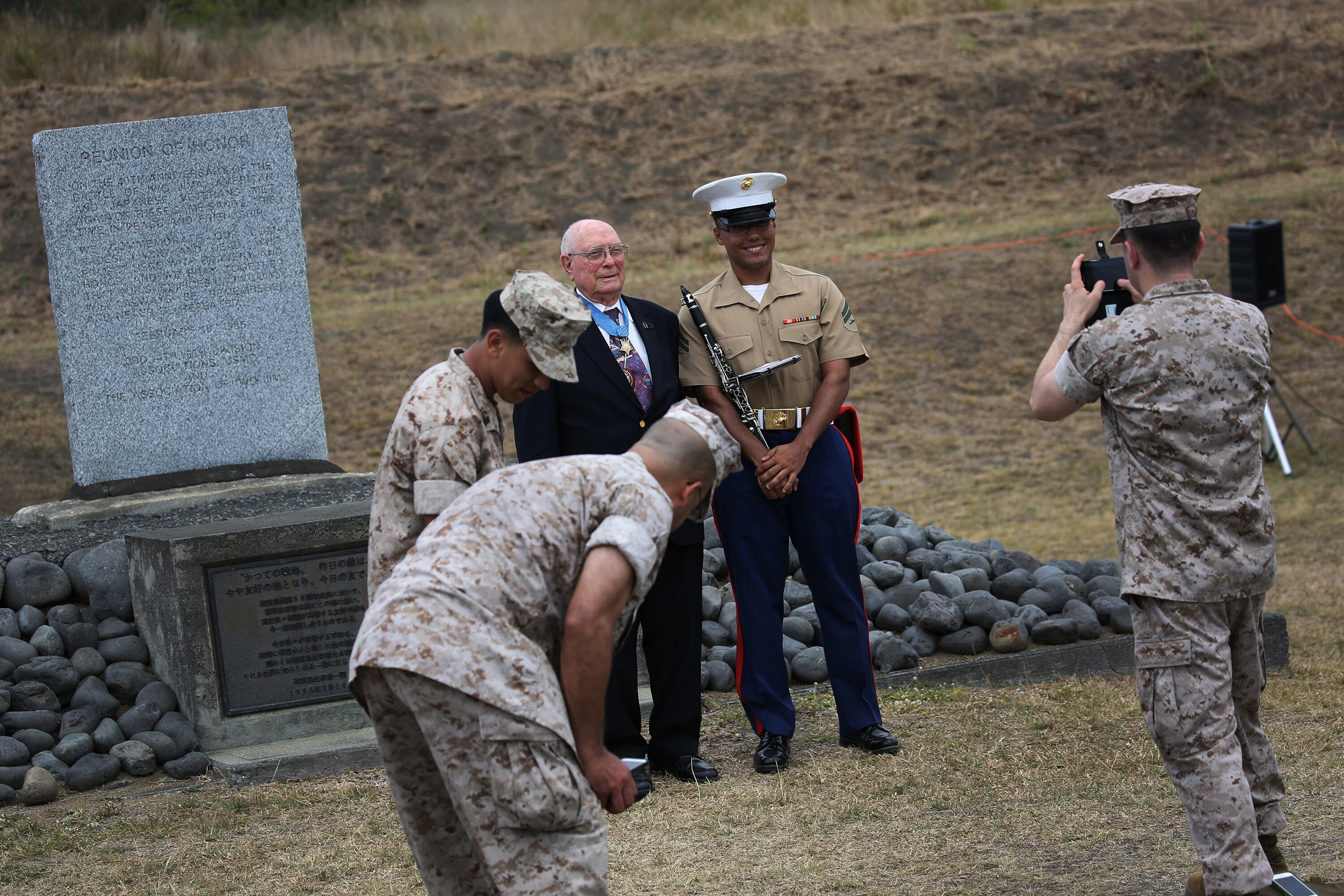

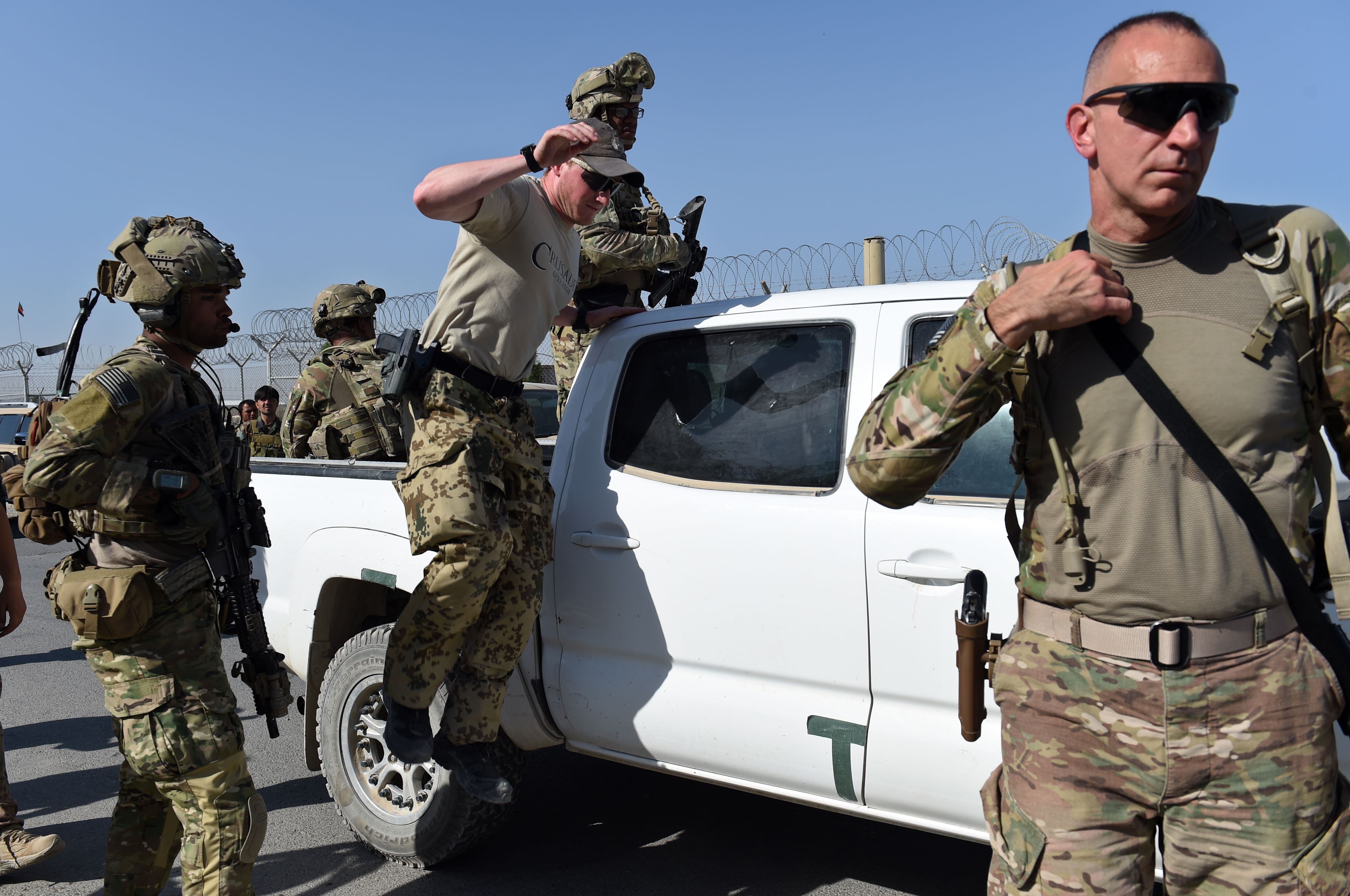
"Unfortunately, as you saw on the news, when the Jordanian pilot punched out, he pretty much landed very close to a Daesh position and we were unable to get to him in time and identify his location ... before he was captured," he added, using a local dialect name for Islamic State.
Al-Kaseasbeh was later caged and burned alive by the terrorist group, which released a video of the execution. The attempted rescue was first reported by the Washington Post on Monday.
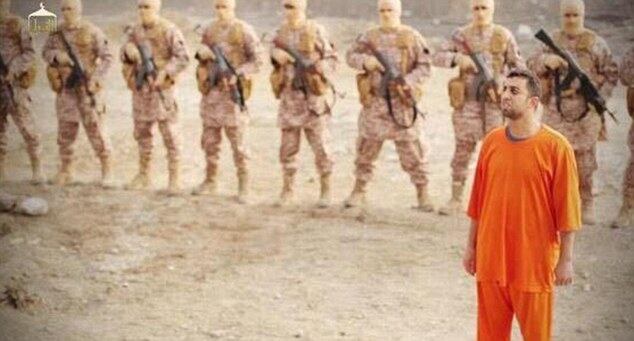
Marines attempted to rescue Jordanian pilot Muath Al-Kaseasbeh after his F-16 jet went down in Syria, but he was captured by Islamic State militants before they could reach him. He was later executed by the terror group, which released a video of the killing.
Photo Credit: screen shot
Bohm declined to discuss how far the Ospreys had gotten or whether they had breached Syrian air space before the mission was called off, citing security concerns. He said news of the pilot's capture had gone through a verification process that included sign-off by the Joint Personnel Recovery Center before the aircraft were diverted.
Prior to the incident, the Marines had set up an "n+30" tactical recovery system that allowed Ospreys to reach any location where coalition aircraft were operating in the Middle East within 30 minutes half an hour. If operations took place outside of that window beyond the squadron's base in Al Jaber, Kuwait, Bohm said, the V-22s would assume holding patterns in the sky above Iraq or Syria.
"We would do what we call an airborne TRAP, put our TRAP force in the air, MV-22s with a KC-130 refueler and put it in a certain position so that we could be quicker," he said.
In response to Al-Kaseasbeh's capture, U.S. officials moved additional TRAP aircraft into Nnorthern Iraq to assist with future missions. While the Marine Osprey squadron is still tasked with TRAP throughout the Middle East in support of the fight against the terror group IS forces, Bohm said this allows the aircraft to operate on a less restrictive alert status.
Whether the Ospreys will also be moved closer to the fight in coming months has yet to be determined, he said.
"There are always discussions from people who would like to do that," Bohm said. "Whether we do that is still a question to be answered."

